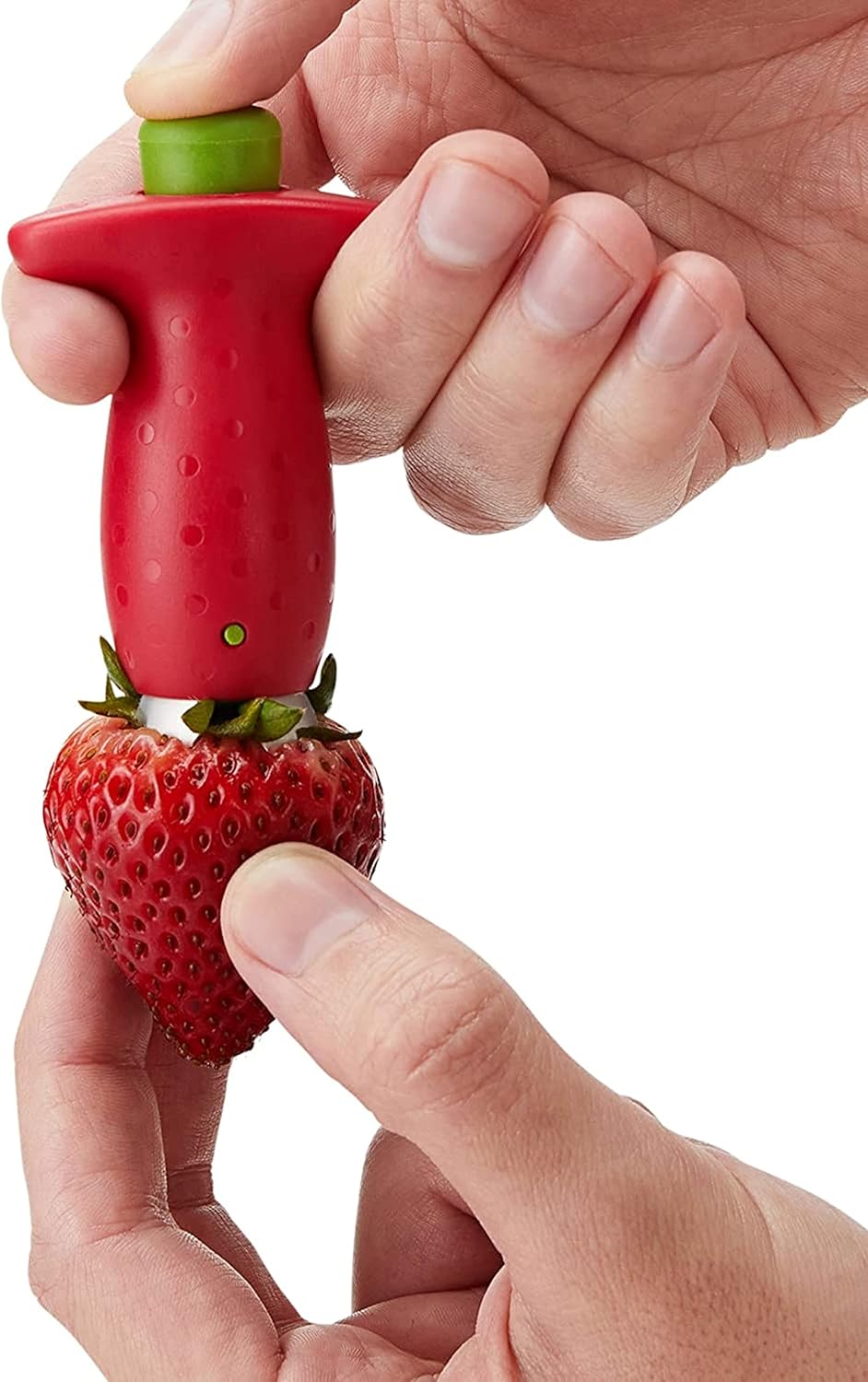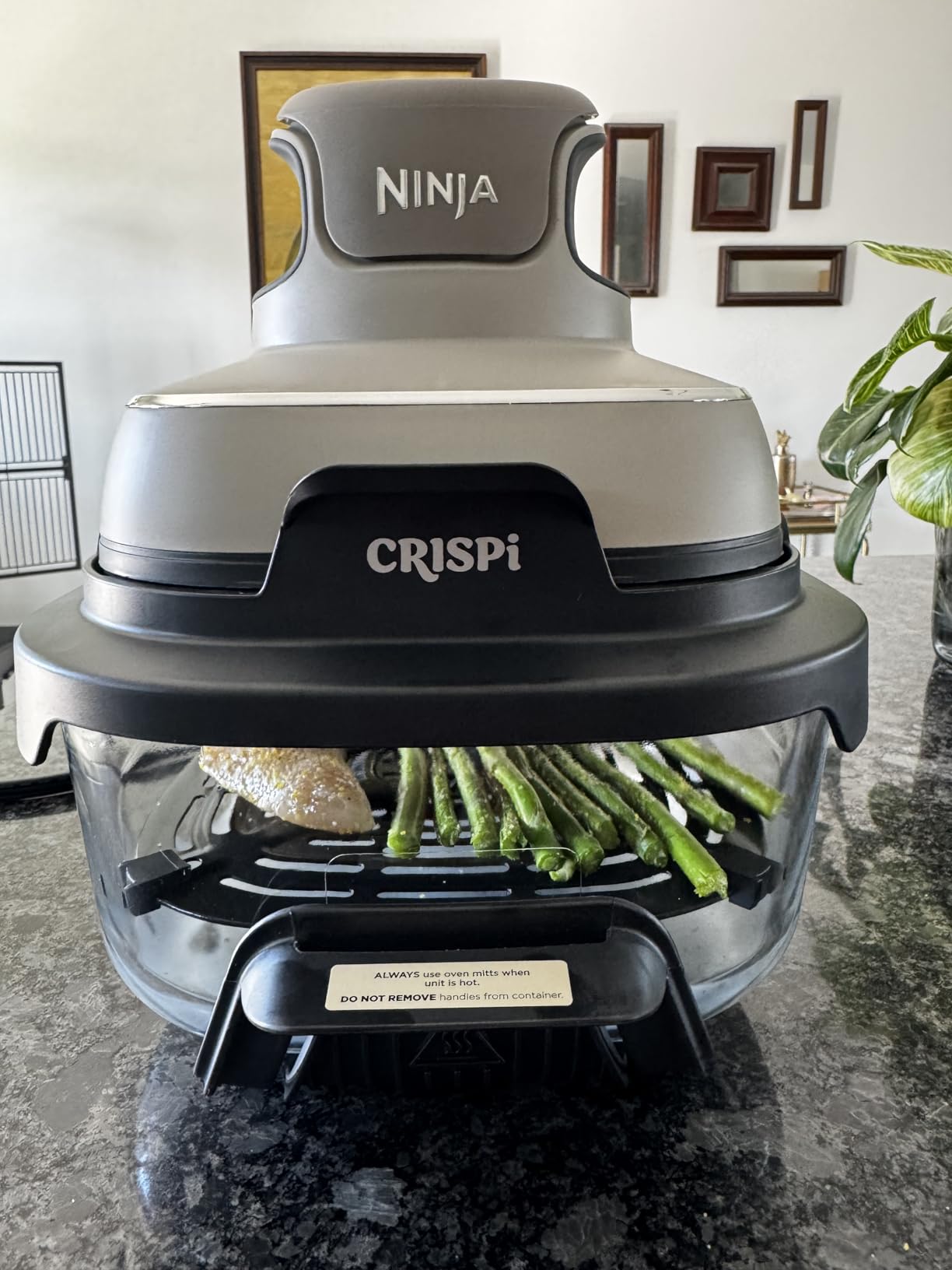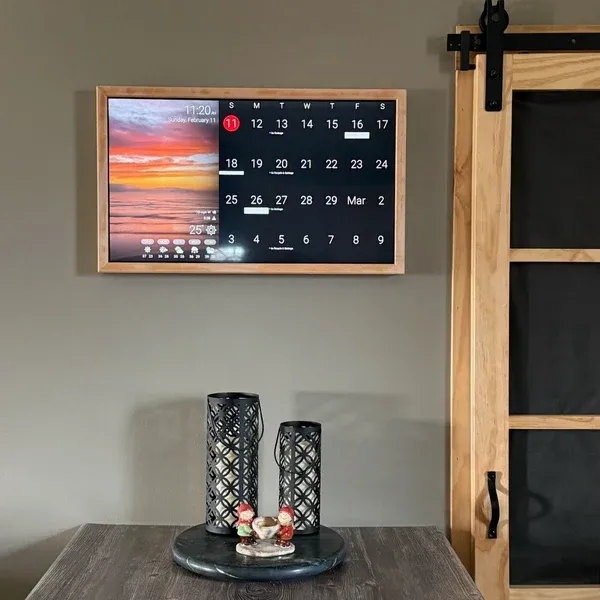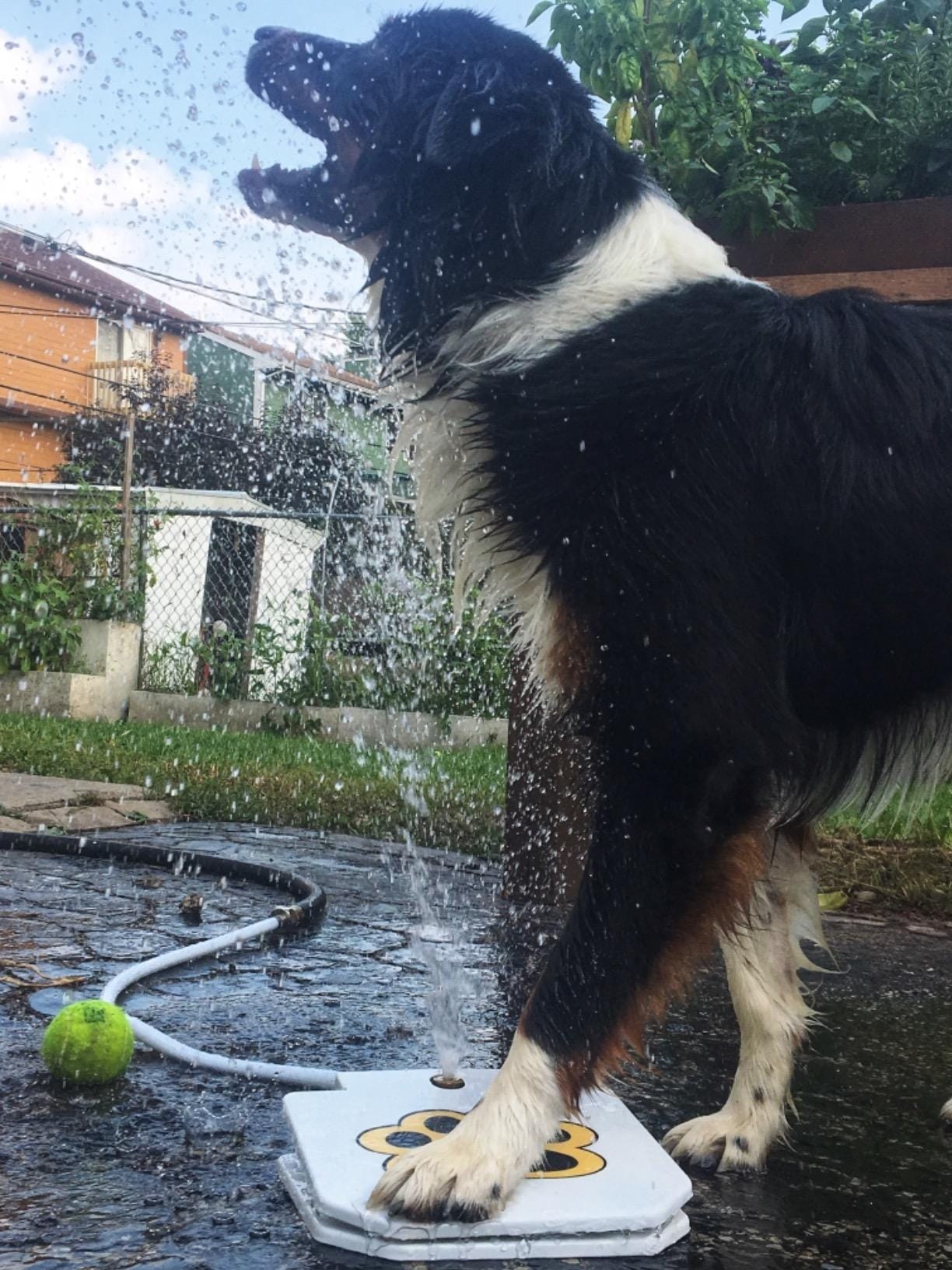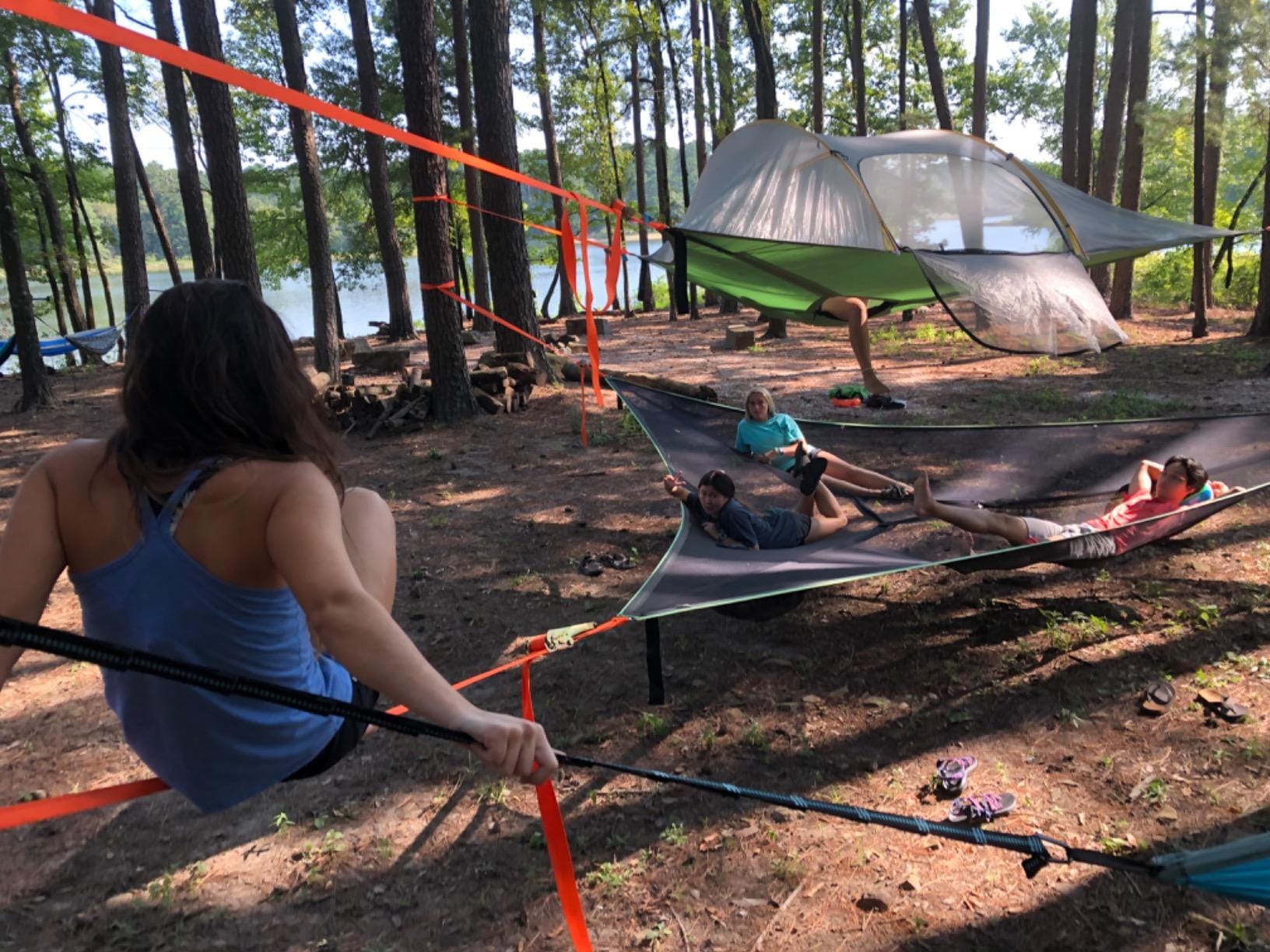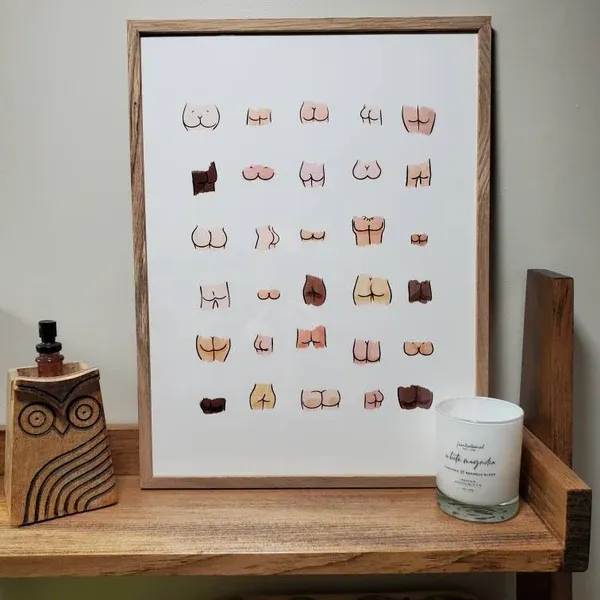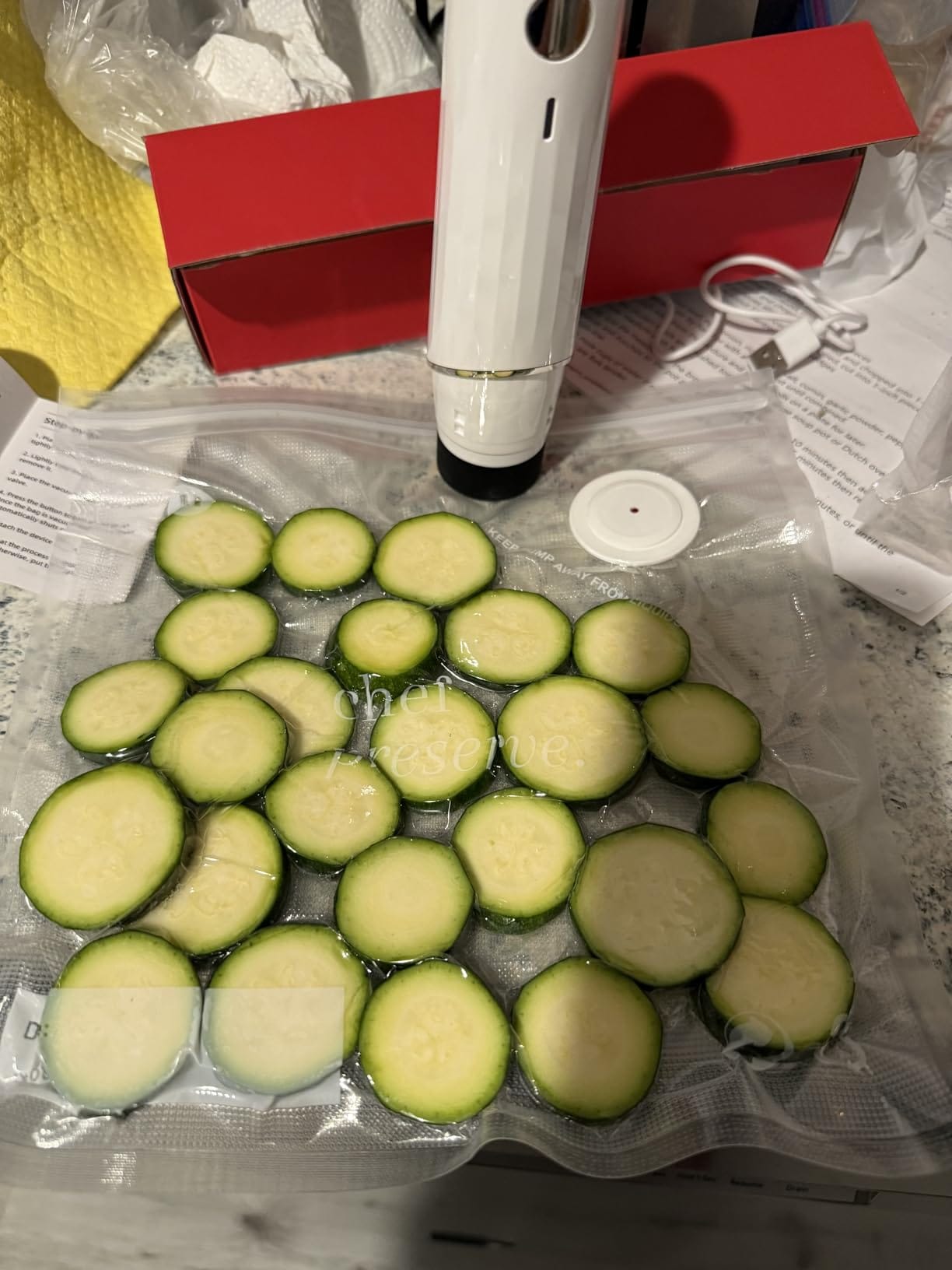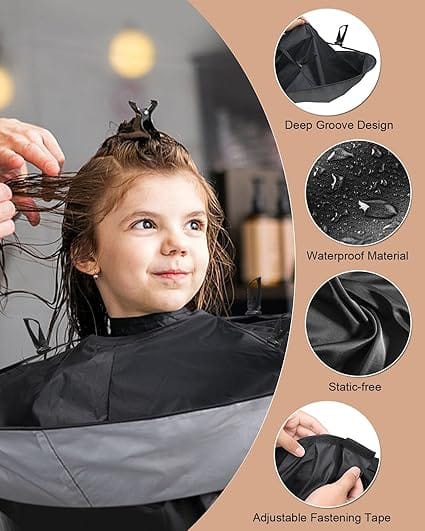
The 5 Best No-Pull Dog Harnesses We Tested This Year
The 5 Best No-Pull Dog Harnesses We Tested This Year
Tired of your dog pulling? We tested the top 5 no-pull harnesses to find the best for every dog. See our top picks and stop the pulling for good.
By David Miller | Last updated on Augst 07, 2025
Disclaimer: This post may contain affiliate links. If you make a purchase, we may earn a small commission at no extra cost to you.
Transparency Commitment: To deliver the most thorough review possible, we leverage advanced AI tools to help us categorize hundreds of user reviews. This allows our lead reviewer (that's me!) to focus on deep analysis and hands-on experience. The final conclusions are entirely my own.
My Arm Almost Left Its Socket, and That’s When I Got Serious About Harnesses
Let me tell you about Leo. He’s a 70-pound Lab mix with the heart of a poet and the pulling power of a small tractor. I adopted him two years ago, and our first few months of walks were... humbling. I’m a reasonably fit guy, but Leo, upon seeing a squirrel, would lunge with such explosive force that I genuinely thought my shoulder would dislocate. I tried everything: thicker leashes, different collars, my most commanding "Heel!" voice. Nothing worked. Our walks became a tense, arm-yanking chore. I was the guy you see getting dragged down the street, offering a weak, apologetic smile to passersby. The joy was gone.
That was my breaking point. I realized I wasn't just looking for a piece of equipment; I was looking for a way to reconnect with my dog and enjoy our time together again. So, I went deep. I became a reluctant expert in the physics of canine pulling, testing dozens of harnesses with Leo as my very enthusiastic co-reviewer. This guide is the result of that journey. It's not just a list; it's the roadmap that saved my shoulder and my sanity.
In a Nutshell
- Front-Clip is King: For serious pulling, a harness with a leash attachment on the chest is the most effective design.
- Fit Over Features: The most expensive harness is useless if it doesn't fit correctly. A poorly fitted harness can cause chafing.
- It’s a Tool, Not a Magic Wand: A no-pull harness is an incredible training *aid*, best combined with positive reinforcement.
- Your Dog's Build Matters: A harness that's perfect for a deep-chested Bulldog might not work for a slender Greyhound.
Quick Decision Table
| Option / Item | Best For | Key Deciding Factor | The Short Version |
|---|---|---|---|
| 2 Hounds Design Freedom | The most determined pullers | Maximum Control | Dual-clip system offers unmatched leverage. The gold standard. |
| Ruffwear Front Range | Adventurous dogs & owners | Durability & Versatility | A rugged, all-terrain harness that's built like a tank. |
| Kurgo Tru-Fit Smart Harness | Sensitive dogs or city dwellers | Supreme Comfort | Extra padding makes this a dream for dogs prone to chafing. |
| PetSafe 3-in-1 Harness | The "one harness to do it all" owner | Overall Versatility | Works for pulling, standard walks, and as a car restraint. |
| PetSafe Easy Walk Harness | Budget-conscious beginners | Simplicity & Price | The original, no-frills front-clip harness that just works. |
How I Test: The No-Pull Harness Gauntlet
Finding the right harness isn't about picking the one with the best marketing photos. It’s about understanding the job it needs to do. My testing process is built on a framework of four core principles.
The Core Principles
The Common Traps to Avoid
- The "Any Harness Will Do" Fallacy: A standard, back-clip-only harness can actually *encourage* pulling by engaging their "opposition reflex."
- Ignoring the Fit Instructions: "Eyeballing" the fit is the #1 cause of problems. A loose harness won't work and a tight one will chafe.
- Giving Up After One Walk: Some dogs need a few walks to get used to the new sensation. Don't mistake initial confusion for product failure.
Before You Dive In: Context is King
The "best" harness for my 70lb Lab might not be the best for your 15lb Dachshund. Think about your specific context:
Your Dog's Build
Is your dog deep-chested like a Boxer? Slender like a Whippet? Fluffy like a Samoyed?
Your Activity
Are you going on rugged, muddy hikes or short, paved city walks?
Your Dog's Sensitivity
Does your dog have short fur and sensitive skin? Padding will be a top priority.
The Detailed Breakdown, Grouped by Theme
Here are the harnesses that survived the Leo gauntlet, organized by what they do best.
Best for Pure Pull-Control: 2 Hounds Design Freedom

Perfect for: Owners of powerful, determined pullers who need maximum control.
"The first time I used the 2 Hounds harness with Leo, it was a revelation. When he tried to lunge, his body was gently but firmly turned back towards me. For the first time, I felt like I was walking him, not the other way around."
- Dual-Clip Control: Why this matters to you: Attaching to the front and back gives you steering-wheel-like control, making it almost impossible for your dog to pull with full force.
- Velvet Straps: Why this matters to you: The strap behind the front legs is lined with soft velvet to prevent the common issue of chafing.
- Slightly More Complex: Why this matters to you: Using the double-clip leash takes a little getting used to compared to a single-clip setup.
- Can Be Overkill for Mild Pullers: Why this matters to you: If your dog only pulls occasionally, the full power of this system might be unnecessary.
Best for Durability & Adventures: Ruffwear Front Range

Perfect for: Hikers, trail runners, and anyone whose dog plays as hard as they do.
- Bombproof Construction: Why this matters to you: The ripstop fabric and reinforced webbing mean you don't have to worry about this harness failing on a remote trail.
- Padded for Comfort: Why this matters to you: Foam-padded chest and belly panels provide comfort during long days of wear, distributing load and reducing hotspots.
- Bulkier Design: Why this matters to you: It's a more substantial harness, which might be too much for very hot climates or dogs who prefer minimal gear.
- Higher Price Point: Why this matters to you: You're paying for premium materials and construction, so it's one of the more expensive options.
Best for Comfort & Sensitive Dogs: Kurgo Tru-Fit

Perfect for: Dogs with short coats, sensitive skin, or owners who prioritize a comfortable, secure fit.
- Excellent Padding: Why this matters to you: The broad, padded chest plate distributes pressure evenly and is incredibly gentle on your dog's body.
- Five Adjustment Points: Why this matters to you: More points of adjustment mean you can achieve a truly custom, secure fit for almost any body type.
- Front Ring Sits a Bit Low: Why this matters to you: On some deep-chested dogs, the D-ring can get tangled in their legs if there's too much slack.
- Buckles Can Be Stiff: Why this matters to you: The high-quality buckles are very secure, but can be tough to release with cold hands.
Most Versatile All-Rounder: PetSafe 3-in-1

Perfect for: The practical dog owner who wants one high-quality harness for every situation.
- True Versatility: Why this matters to you: Use the front clip for training, the back clip for casual walks, and the seat belt loop for car rides. It's three tools in one.
- Neoprene-Lined Straps: Why this matters to you: The neoprene padding adds a layer of comfort that basic harnesses lack, reducing the risk of chafing.
- Slightly Less Redirection Power: Why this matters to you: While effective, the design of the 2 Hounds harness offers more power for extreme pullers.
- Can Seem Complicated at First: Why this matters to you: It's worth watching a video to ensure you're using each function correctly.
Best for Simplicity & Budget: PetSafe Easy Walk

Perfect for: Owners looking for a straightforward, affordable, and effective solution without extra bells and whistles.
"The Easy Walk was my 'gateway' no-pull harness. The immediate difference was shocking. For the price, you can't beat the 'aha!' moment it delivers."
- Extremely Effective for the Price: Why this matters to you: It offers the same core pull-stopping functionality as more expensive models at a fraction of the cost.
- Minimalist & Lightweight: Why this matters to you: There's very little material on the dog, making it a great option for hot weather.
- Higher Chafing Potential: Why this matters to you: The simple nylon straps have no padding, so an improper fit is more likely to cause rubbing.
- Can Loosen Over Time: Why this matters to you: You may need to check and readjust the straps periodically.
The 'Last Mile': Pro Tips for Success
Buying the harness is step one. Using it to build better habits is the real goal. This is how you close the deal.
- Nail the Fit, Then Check It Again: You should be able to comfortably slip two fingers between the harness and your dog's body at any point.
- Introduce It with Treats: Let your dog sniff it. Give them a treat. Associate the harness with good things before you even clip on the leash.
- Keep the Leash Loose: The goal of a no-pull harness is to work *only when there's tension*. Practice keeping a smile- or J-shaped loop in your leash.
Pro Tip: The "Turn and Treat" Game
On your next walk, every time your dog looks back at you or the leash is naturally loose, say "Yes!" in an upbeat voice and give them a small, high-value treat. They will quickly learn that staying close to you is more rewarding than pulling ahead.
Frequently Asked Questions (FAQ)
1. What's the real difference between a front-clip and back-clip harness?
A back-clip harness is great for dogs that don't pull. But for pullers, it can trigger the "opposition reflex," making them pull *harder*. A front-clip harness attaches at the chest, redirecting their forward momentum and making it unrewarding to pull.
2. My dog escaped his last harness. Which one is best for a Houdini?
For escape artists, fit is paramount. Look for harnesses with multiple adjustment points like the Kurgo Tru-Fit or the Ruffwear Front Range. When fitted properly, these are very secure. Never leave a harness on an unattended dog.
3. How do I know if the harness is chafing my dog?
After every walk, take the harness off and check the skin behind your dog's front legs ("armpits") and across their chest. Look for redness, irritation, or hair loss. If you see any, the harness is either too tight or the material is irritating their skin.
4. Are head halters (like a Gentle Leader) better than no-pull harnesses?
Head halters can be extremely effective, but they require a careful introduction, can be aversive for some dogs, and carry a risk of neck injury if the dog lunges suddenly. For most dogs, a body harness is a safer and less intrusive starting point.
Final Thoughts & The Real Secret
My walks with Leo are completely different now. My shoulder is fine, my stress is gone, and I can actually focus on the world around us instead of just bracing for the next pull. That change didn't come from a single product, but from a shift in approach.
The real secret isn't finding the one "magic" harness. It's about understanding *why* your dog pulls and choosing the right tool to change that equation. It's about committing to a proper fit and using that tool to build a better relationship.
The harness doesn't walk your dog; you do. This just makes you a much more effective, relaxed, and happy team.
Let's Talk!
Now I'd love to hear from you! Drop a comment below with your experience or any questions I didn't cover. I read every single one.






